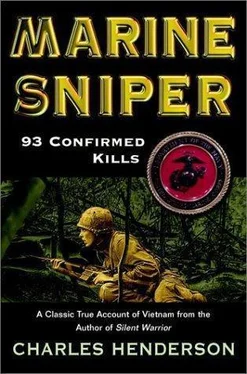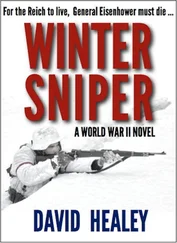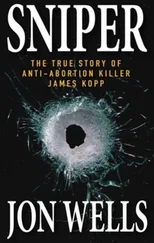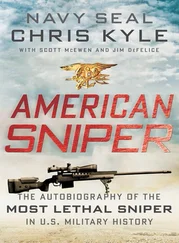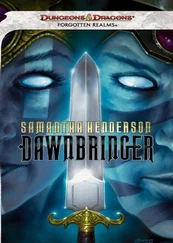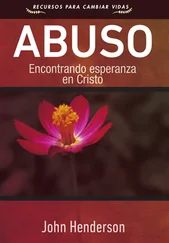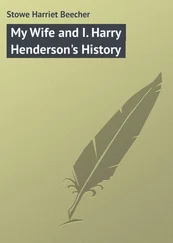But before he could answer that he had no idea, a woman pushed open the door and held a large birthday cake in her hands. It was Mrs. Dickman—Colonel William Dickman’s wife. Colonel Dickman was a member of the Marine Corps Reserve’s 4th Reconnaissance Battalion and was the officer in charge of their scout/sniper school at Camp Bullis. He had met Hathcock several years earlier at the Texas State and Regional NRA rifle championships at the Camp Bullis rifle range. He had later heard and appreciated the legendary Carlos Hathcock sniper stories too. And because of this kinship, he and Mrs. Dickman took care of Jo and visited Hathcock often.
“Happy birthday!” Mrs. Dickman said.
“Birthday?” Carlos asked. “I may not know what day it is, but it sure ain’t May 20.”
She said, “Carlos… Marine. It’s Monday, November 10, and your Corps 194th birthday! Now you ought to remember that!”
Hathcock looked at Jo and laughed. He shared the cake with the other Marines in the ward—Marines like Captain Ed Hyland (promoted in the hospital) and Pfc Roberto Barrera, who had also been in the amtrac.
Hyland, now with only one arm, wished Hathcock happy birthday, and Hathcock returned the wish to him and all the other Marines in the ward.
Captain Hyland wanted to write a recommendation for Hathcock to receive a medal for his courageous action on that burning amtrac. But Hathcock responded with an emphatic no. He told Hyland, “I happened to wake up first. That’s all. I did what any of the rest of the Marines on top of that amtrac would have done.”
Since Hathcock refused any sort of official recognition, Captain Hyland offered him something personal: a simple pewter mug with names and dates engraved on it. And Hathcock accepted that.
Jo left San Antonio on Friday, November 14, in order to be home for Sonny’s birthday that Saturday. Hathcock wanted to go home too.
A few days after Carlos Ill’s fifth birthday, Jo’s mother died unexpectedly. Jo was shattered but she dared not call Carlos because she knew he would do what he did the day after Sonny was bom: he would get out of the hospital, whether he was well or not.
But she thought more about it and talked to her sister and to her sister’s husband, Winston Jones. And he asked, “What about Carlos? How will he feel if you don’t tell him?” She called Carlos that afternoon.
Because of the death, the doctors allowed him to make the trip home. His bums were completely covered now, and all the grafts were healing well. He would return to the hospital on December 30 for further treatment and evaluation. Then on January 5, 1970, he was released and placed on convalescent leave. On January 31, 1970, he reported back to Quantico,
Virginia, as a member of the Marine Corps Rifle Team.
Because of his bums, he could not compete: He could not stand the rigors of strapping himself into a shooting jacket and withstanding the pull and twist of the tight leather slings on the M-14 rifles that the team members shot. He could not take heat or cold. He could not even withstand the effect that sunlight had on his tender, bum-scarred body.
Hathcock wore long-sleeved shirts and utilities with the sleeves rolled down. He wore his wide-brimmed campaign hat. And he wore white gloves. He avoided all exposure to direct sunlight. The only job he could perform was that of coach.
During that first year he made several trips to the hospitals at Portsmouth and at Quantico. His burns were healing but something else was wrong. He felt dizzy. He felt exhausted. He shook and lost control of his muscles. He walked with a straddle-legged gait. Something else was wrong—something that the doctors had missed. Something that had sent him to the hospital in Cherry Point when Sonny was bom and plagued him in Vietnam.
But they found nothing. It was the bums, they told him. It was his body’s inability to sweat and control his internal temperature. In cool weather he suffered hypothermia and in warm weather he suffered heat sickness. It was a condition from which he could never recover.
Hathcock was angry. In his soul he was still straight and strong, a champion. Had he cheated death, beaten the odds and survived bums that would kill most men, only to stand and watch others perform the activity—the sport—that had been the inspiration for his recovery?
The Marine Corps transferred him to the 2nd Marine Division at Camp Lejeune, North Carolina, on February 13, 1972. There he gained the reputation as one of the finest rifle-team coaches ever in the Marine Corps. No one could come near his teams in the High Power, Long Range competitions—he owned the six hundred—and thousand-yard lines. But still, within his heart, he wanted to shoot. He rarely smiled anymore. And the shaking and dizziness grew worse.
On September 20, 1973, after nineteen months of coaching and teaching marksmanship at the rifle ranges near Sneed’s Ferry and Topsail Island, after nineteen months of trying to regain his long-lost steady control and unmatched long-range marksmanship prowess, Carlos received another set of orders. Orders away from rifle ranges and gun powder and the sweet smell of Hoppe’s Number 9 powder solvent. Orders away from the greatest love of his life outside his wife and son.
October 16, 1973. Richard Milhous Nixon felt the pressures of Watergate slowly pushing him out of office. On this October day the Army of the Republic of Vietnam fought back the North Vietnamese without the aid of U. S. troops. The last American combat soldiers left there March 29, and the corruption within the ARVN forces that followed that departure would serve as a major factor in the eventual loss of the war in less than two more years. On this same day, while seats of power teetered in those troubled times, Carlos Hathcock stood at a shaky position of attention in front of the desk of Capt. Howard Lovingood, commanding officer of the Marine detachment aboard the USS Simon Lake, AS 33, a submarine tender out of Rota, Spain.
Captain Lovingood saw Hathcock’s value in spite of his injured body, a body that certainly could not pass any physical fitness test the Marine Corps had ever devised. Lovingood saw the great benefit of the leadership and experience that Hathcock offered his Marines, and he confidently made him his detachment gunnery sergeant—his NCO in charge.
Hathcock performed outstandingly.
Lovingood transferred to the Amphibious Warfare School at Quantico, on July 22, 1974, and turned over command of the Simon Lake Marines to a stocky, square-jawed captain who wore a flat-top haircut and saw only Hathcock’s limitations. Walter A. Peeples became the former sniper’s adversary, rating him substandard on his fitness reports and succeeding in having Hathcock returned to the United States, and relieved from duty, with the recommendation that he be discharged.
In that spring of 1975, the Vietnam war came to a bitter end. The defense of Da Nang crumbled, and hundreds of thousands of Vietnamese fled south along Highway One, seeking refuge behind the collapsing ARVN line.
Marines from the 1st Marine Amphibious Brigade out of Hawaii, bolstered by the 1st Marine Aircraft Wing and the 4th and the 9th Marine regiments, waited on the USS Blue Ridge and USS Okinawa and watched as the eight years of efforts by more than 8,744,000 Americans—of whom more than 47,322 died in combat and 10,700 died in support of that combat; of whom 163,303 survived wounds, and of whom 2,500 Americans remained missing in action—ended in bitter defeat.
As the tanks with the single star flags crashed through the gates of the American embassy in Saigon on April 29, 1975, Gunnery Sergeant Carlos Hathcock suffered his own brand of defeat on the USS Simon Lake. A month later, at the United States Naval Hospital at Portsmouth, Virginia, he began two months of tests and review by a medical board. On August 5, the verdict came in.
Читать дальше
